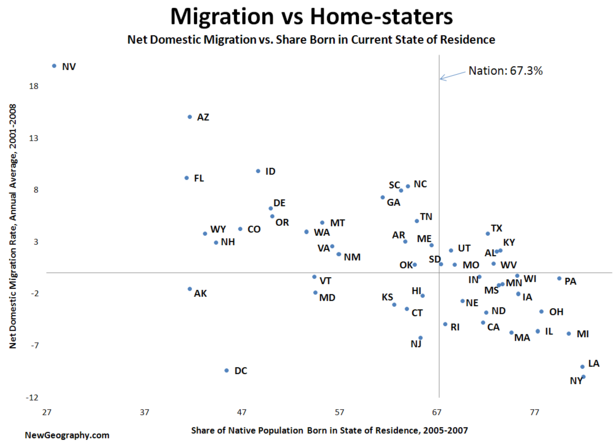Nebraska was the 37th State to join the Union, is home to the “Cornhuskers,” and currently has a $3.5 billion budget and a $563 million cash reserve.
In this time of economic hardship, the Cornhusker state has no debt, shunning all long-term financial commitments including retirement benefits.
A recent USA Today survey of state financial reports found that the other 49 states combined “have an unfunded obligation of $445 billion” owed for the medical care of retired government workers.
The formula accountants use to compute the financial health of a state government includes medical benefits, debt and pension liability. Medical benefits represent the Pandora’s Box of the three, with civil servants often retiring before Medicare benefits kick in at 65.
In contrast, Nebraska is the “only state that doesn't subsidize the medical care of retired government employees.”
Other states and local governments have debts that range anywhere from New York City’s $60 billion obligation to Los Angeles’ $544 million sum.
Some state and local governments have begun setting aside money to prepare to pay retiree medical costs. Some plan to pay nearly the entire cost, other will contribute a fixed amount, such as “$200 a month or 50% of the health insurance premium.”
In defending Nebraska’s nonexistent retiree health care coverage, Senator Dave Pankonin distills his state’s approach simply: “Nebraska is a fiscally conservative, pay-as-you-go state, and that’s the biggest reason we don’t have this benefit.” Or, he might have added, deficit.













